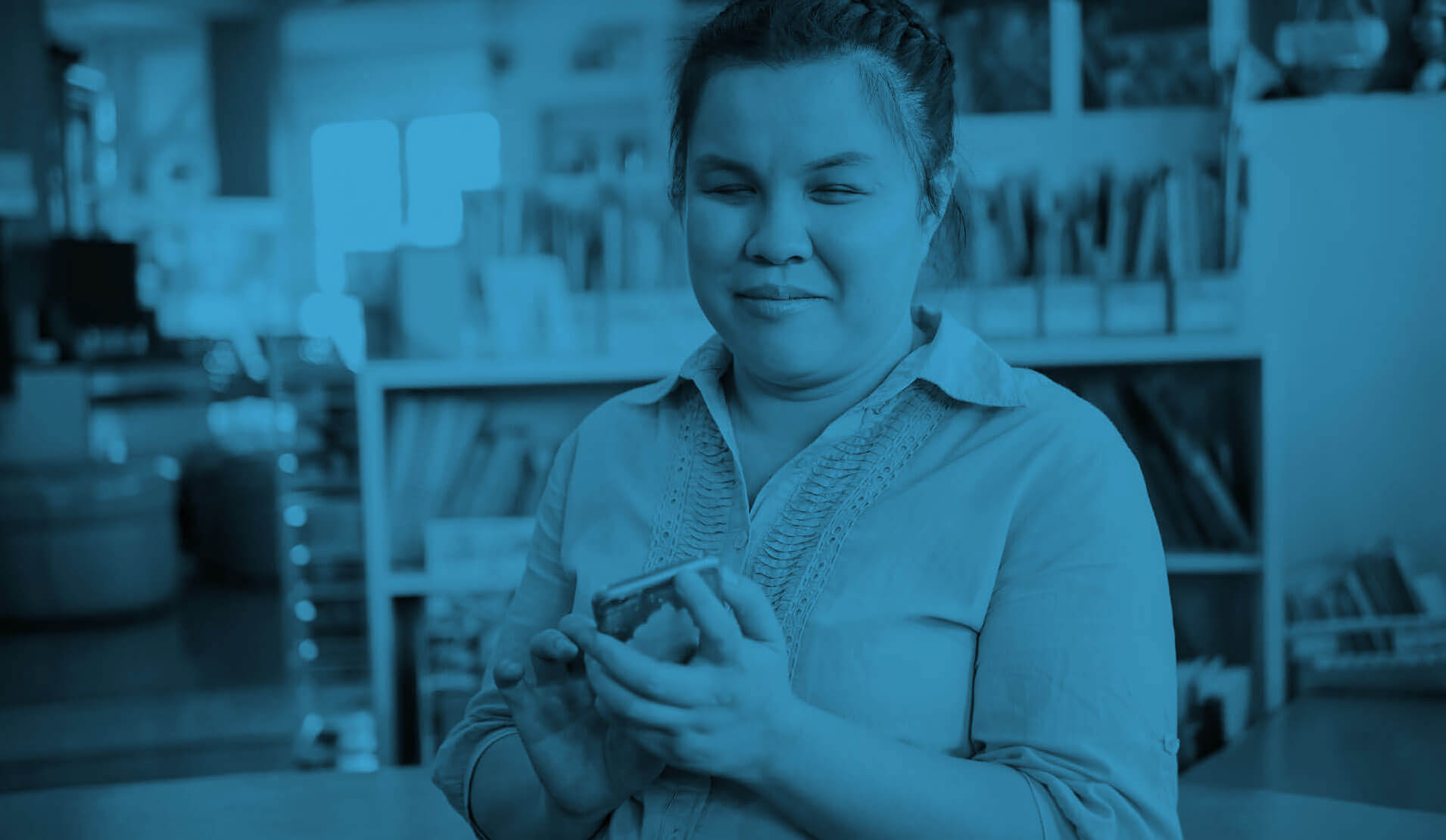UDL is not prescriptive, it is not about legislative compliance, it is not a checklist, it is not a one-size-fits-all approach or solution and it is not meant to make learning easy. UDL is also not a mechanism for avoiding the duty to accommodate, as outlined in the next section.
Universal Design for Learning
Universal Design (UD) emerged from the fields of urban design and architecture and the initiatives of Barrier-Free Design. It originated from product and environmental designs that considered many factors yet were not created for the average user, but were made to be utilised by everyone. It is an approach that maximises accessibility for its users.
Universal Design for Instruction, Universal Instructional Design, or more commonly known and focused on here as Universal Design for Learning (UDL), is defined as the design of products and environments to be usable by all students, to the greatest extent possible, without the need for adaptation or specialised design. It can be applied to overall instruction, course materials, to physical spaces and facilities, and the strategies used in curriculum delivery.
UDL offers students with a variety of abilities, identities, ethnicities, language skills and learning styles access to multiple ways of being represented, acting, expressing oneself, and engaging with purpose. This results in a student who can recognize what they are learning, why they are learning, and how they can learn. Successful learning is a shared goal of students and instructors in UDL and it aspires to empower and create “expert learners.”. Expert learners are described as purposeful and motivated, resourceful, and knowledgeable, as well as strategic and goal-oriented.

UDL as a framework is proactive and intentional and enables all learners to gain knowledge, skills, and enthusiasm for learning. Curriculum design and delivery through the lens of UDL is not an afterthought but an integral part of the vision, planning, and operations. Applying UDL principles anticipates needs, provides options, and reduces barriers through deliberate planning. These supports for learning can reduce barriers, all while maintaining high academic standards.
Instructors in higher education who are embracing and seeing the results of a UDL approach are reporting that it does not require them to work more or harder but to work more thoughtfully, and usually results in less work after the fact (for example, fewer emails from students with questions or retroactive accommodation requests).
UDL is rooted in science and how humans learn. Research in neuroscience has demonstrated that learners are unique and are also influenced greatly by their context and environments. This offers hope that if curriculum is well-designed and flexible, the impacts on learning can be quite positive.
The benefits of using UDL as a tool is that it offers guidance for developing instructional goals, assessments, methods, and materials. The very nature of UDL is dynamic, offering the ability to integrate and incorporate customization and adjustments to meet individual needs. A supportive, inclusive, and flexible environment can be provided and can operate from a cultural perspective of access, rather than making accommodations the sole responsibility of people with disabilities or shifting the burden away from the learner.
Most institutions have a centre for teaching and learning, which may offer suggestions and guidance on incorporating UDL principles into learning opportunities.

